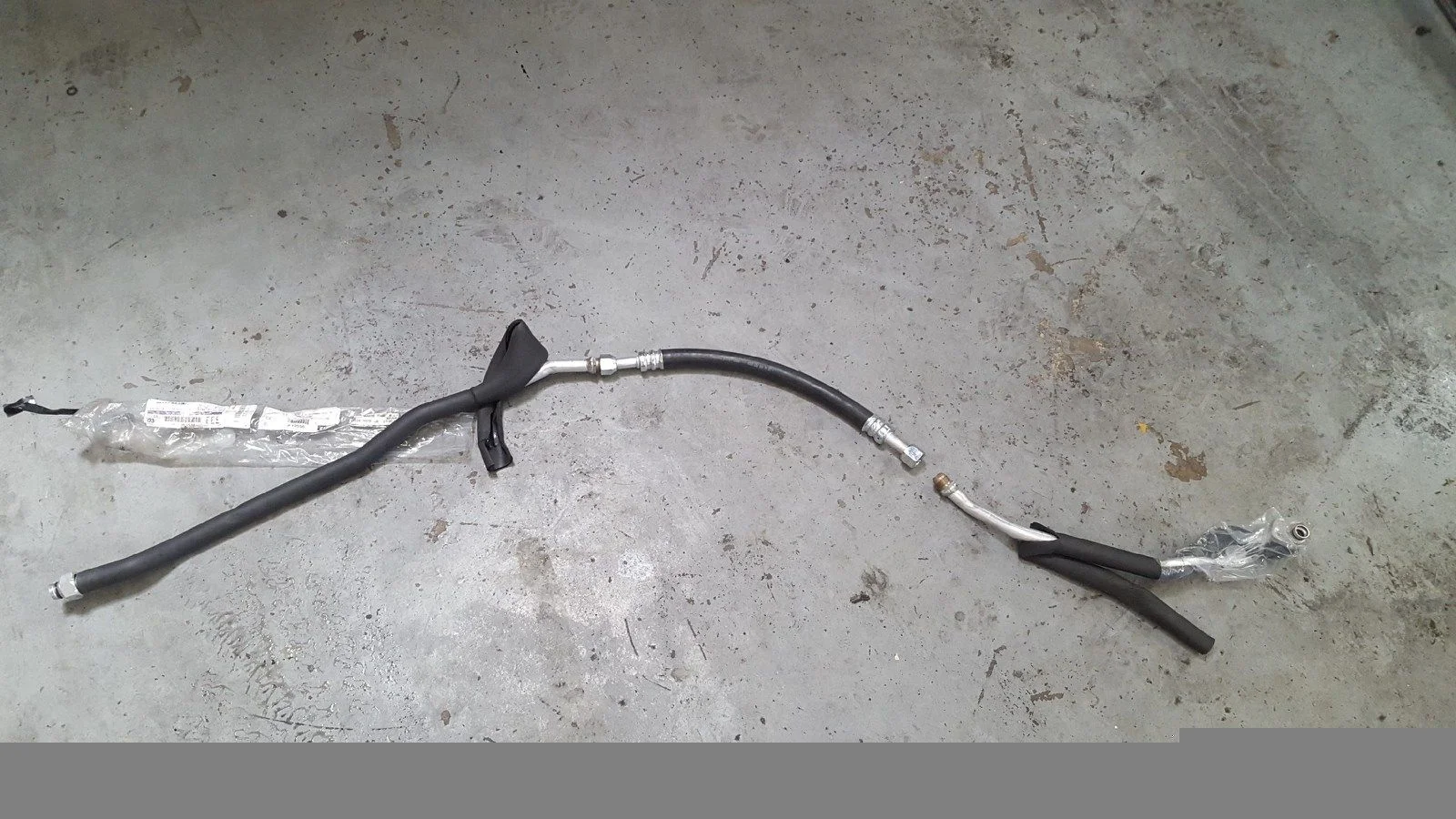I’m gonna cap mine too similar to the spot shown in leandro’s post. Does anyone know how much Freon should be charged since I now don’t have rear AC. I hear it’s bad for the compressor to overcharge the AC system.
The a/c compressor has a relief valve, so if you overcharge it, which is actually kinda hard to do with the DIY in a can kits, it will vent the extra.


